There are a sufficient number of reasons explaining the growing popularity of spirulina in cosmetology - both domestic and foreign. First of all, these include the useful properties that this product possesses, and the versatility that allows you to use it to solve a variety of problems, no matter how complex they may be. Spirulina not only supports the health of the skin and hair, but also returns their lost beauty, which regularly finds its practical confirmation.
Efficiency
To begin with, it should be noted that spirulina is a commercial term, not a plant name. It combines two types of blue-green algae: Arthrospira platensis and Arthrospira maxima, very useful for humans, but rarely found in their natural habitat.
Given this circumstance, spirulina is grown in special pools, creating suitable conditions for it: alkaline reaction of water, sufficient heat and good lighting.

As for the composition of the described product, it assumes the presence of 2 thousand simple and complex ingredients, many of which are necessary to maintain beauty and health. In particular, the following spirulina components have beneficial properties.
- Squirrels. Accelerate the formation of collagen fibers - the foundation of connective tissue. The amount of proteins contained in spirulina, reaching up to 70% of dry weight, is also noteworthy.
- Gamma linolenic acid. Stimulates metabolic processes in the cells, which positively affects the rate of renewal of the outer layer of the skin. The logical result of this is getting rid of acne and age-related pathological changes.
- Retinol It makes the skin smooth and supple, reduces pigmentation, speeds up collagen production and stimulates the renewal of integumentary tissues.
- Vitamins of group B. Normalize cellular respiration, effectively counteract acne and significantly extend the youthfulness of the skin.
- Vitamin C. Being a first-class antioxidant, it reduces the harmful effects of free radicals. It also returns the skin a natural shade.
- Vitamin E. Effectively combats aging, relieves peeling and restores their water-lipid balance.
- Macro and microelements. Spirulina is rich in potassium, phosphorus, silicon, boron, magnesium, zinc, iron, calcium and sodium. It is also worth mentioning iodine, selenium, chromium, cobalt, molybdenum and Germany.
- Pigments. The described product contains chlorophyll, phycocyanin and carotenoids, contributing to the accelerated synthesis of enzymes.
Even individually, the components listed above are extremely beneficial for the skin, and their combination allows you to achieve truly impressive results. For the same reason, spirulina is part of hair cosmetics, providing them with full nutrition and strengthening. This product also occupies the last place in body procedures, involving the use of mixtures for wrapping.
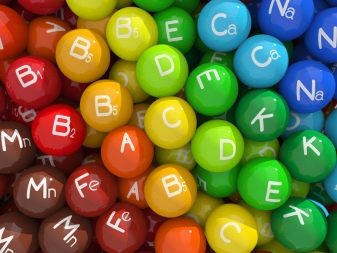
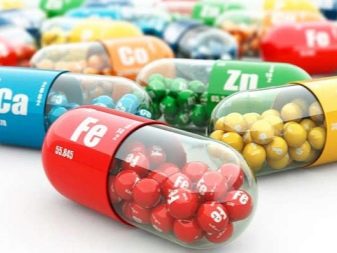
Contraindications
Despite the fact that the vast majority of people can use spirulina, in some cases it is worth abandoning its use. Most often this is due to the increased sensitivity of the body to one or more components of this product, which is characterized by the following manifestations:
- severe itching;
- redness of the skin;
- the appearance of rashes.
In order to exclude the likelihood of developing an allergic reaction, you must first test the prepared mixture on sensitive skin of the wrist. If after a quarter of an hour from the moment of application negative symptoms do not appear, spirulina can be used without fear.
Another circumstance that makes the use of the product in question impossible is the presence of lesions and pronounced irritations on the skin. As for pregnancy and lactation, during such periods, the use of spirulina should be treated with caution. This is due to the concentration of the ingredients of this product - harmless to the mother, and quite high for the fetus or baby.

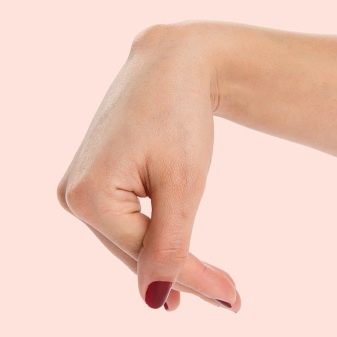
Application features
One of the main conditions, compliance with which allows counting on the successful use of spirulina, is the regularity of the procedures. The following recommendations should also be considered.
- It is advisable to purchase Spirulina in a pharmacy in order to minimize the likelihood of buying a poor-quality product.
- Before applying the mask, you need to thoroughly clean your face for better absorption of its components.
- The preparation of mixtures based on spirulina involves the use of clean dishes made of non-metallic material.
- The duration of the treatment procedure should not exceed a quarter of an hour. This value can be increased in situations with masks for aging skin, but not by much - in order to avoid the appearance of light burns.
- Spirulina-based formulations should not be applied to the area under the eyes and lips.
- After the time allotted for the procedure, it remains to wash off the mask with warm water and apply a nourishing cream to the skin.
As for the frequency with which it is necessary to make masks of spirulina for the face, then it should be weekly. Exceeding this value can lead to stains on the skin and other problems provoked by an excess of nutrients. Wraps can be done every 3 days - as well as treatment procedures for the scalp and hair.



Popular recipes
Practice shows that spirulina goes well with many other drugs that positively affect the skin and hair. This means that each member of the fair sex can use exactly the recipe that suits her perfectly.
A list of the most popular skin masks is presented below.
- Moisturizing: 1 tsp mix spirulina with 15 ml of water, then add 2 tbsp. l cucumber puree, in which there should be no peel and seeds, and grind everything well.
- For oily skin: 2 tsp mix spirulina with 30 ml of water. This combination is considered classic, and therefore it does not provide for the presence of other components.
- From acne and acne: 1 tbsp. l dilute spirulina in 20-25 ml of chamomile broth and add about 2 g of baking soda to the mixture.
- Anti-aging: 1 tsp mix spirulina with the same amount of liquid honey, quality olive oil, water and high fat cottage cheese.
- Nutritious: 2 tsp dilute spirulina in 30 ml of water, and then add 2 tbsp to the mixture. l mashed vegetables and not too oily sour cream.
- Tonic: 2 tsp mix spirulina with 30 ml of water and the same amount of pre-melted honey.
- For nasolabial folds. Prepare 2 tsp. gelatin, pouring it with water and leaving to swell for half an hour. Then it needs to be heated to final dissolution, cooled and mixed with a combination of 2 tsp. spirulina, 30 ml of water, a couple of drops of vitamin A and 5 ml of fresh lemon juice.
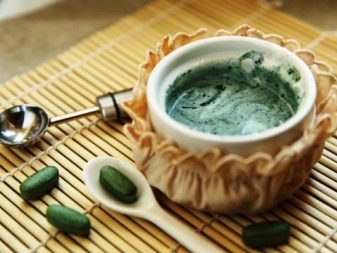
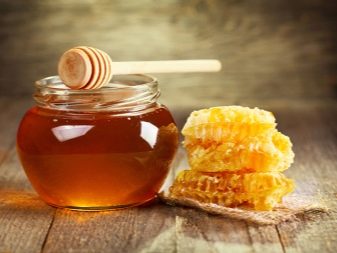
To significantly improve the appearance of the hair and make it truly healthy, it is enough to use the following recipes.
- Firming mask: 1 tsp mix spirulina with 30 ml of carrot juice, then add a couple of eggs, beaten with 2-3 drops of lemon juice. Next, you need to mix everything thoroughly, apply the composition to the hair, cover them with a film, wrap with a towel and leave for half an hour.
- Shampoo: 1 tsp mix spirulina with 15 ml of milk and 1 egg (if the hair is dry, use only the yolk rationally). You can also add a few drops of any essential oil to the combination. Apply shampoo to well-moistened hair, and rinse it off slowly to achieve the optimal result.
Worthy of mention is the mixture for the body, the wrapping of which allows you to achieve victory over cellulite. To prepare such a tool, you must:
- take 100 g of blue or white clay, powdered;
- mix it with water until a creamy consistency is obtained;
- 1 tbsp. l dilute spirulina in 15 ml of water;
- mix all the ingredients thoroughly.
The prepared mass must be applied to the areas affected by cellulite, wrapping them tightly with cling film and covering with warm clothing or a blanket for 35-40 minutes.

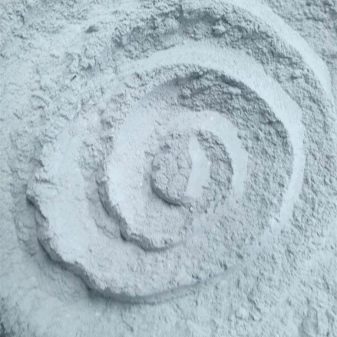
Reviews
After reviewing the reviews about spirulina, presented on the Internet, it can be argued that they are positive in their absolute majority. First of all, users note the following advantages of the described product:
- return of softness, freshness, natural blush and healthy radiance of the skin;
- getting rid of wrinkles located in the corners of the eyes, on the forehead, neck and other areas;
- elimination of skin peeling;
- lack of problems during the application of masks (when properly prepared, they do not spread);
- minimal likelihood of irritation;
- high efficiency of wraps with a relatively low consumption of funds;
- minimizing brittle hair and premature hair loss.
As for the negative reviews, they most often mention the smell of spirulina: it is quite specific, and many cannot get used to it.
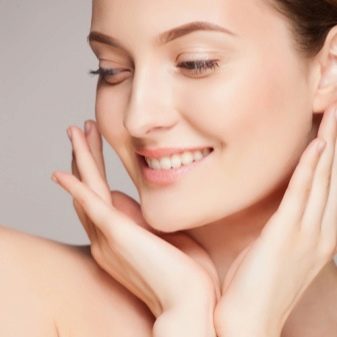
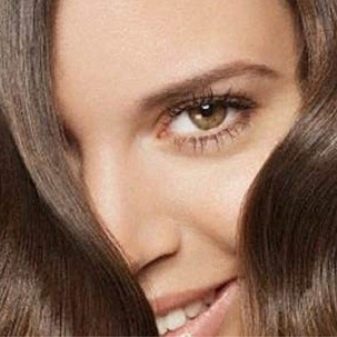
Thus, the described product is not only a simple, but also a very effective weapon to win the war for health and attractiveness. The benefits of spirulina are confirmed by both ordinary buyers and experienced cosmetologists, which fully justifies its use.
To learn how to make a spirulina mask for rejuvenation and home care, see the next video.










